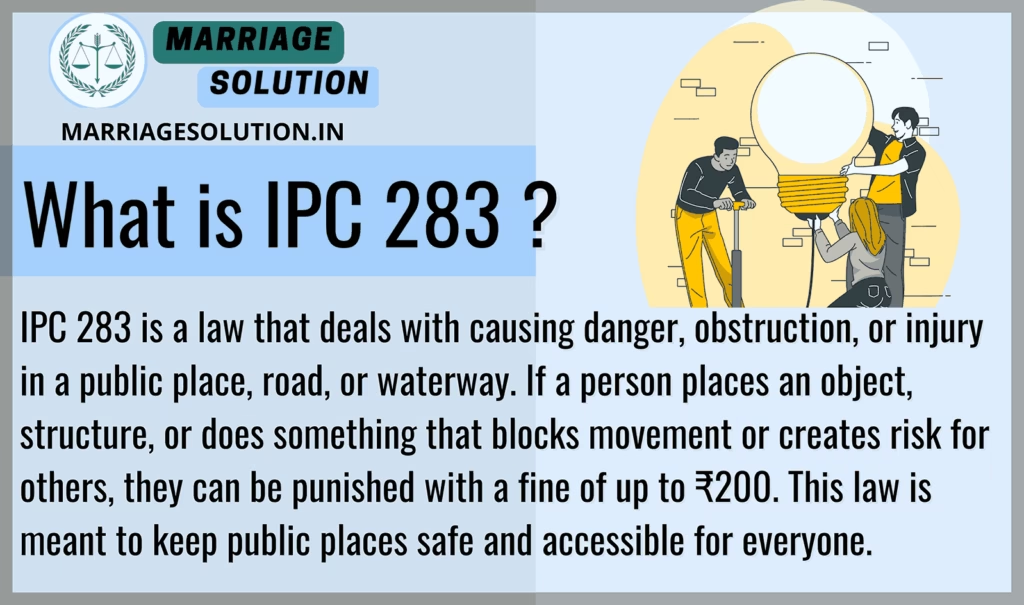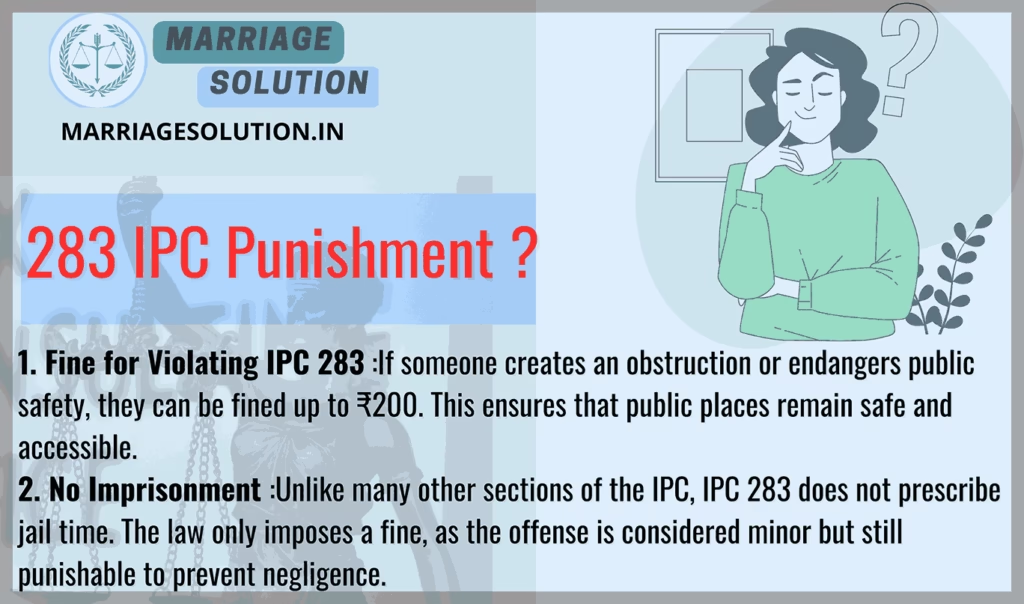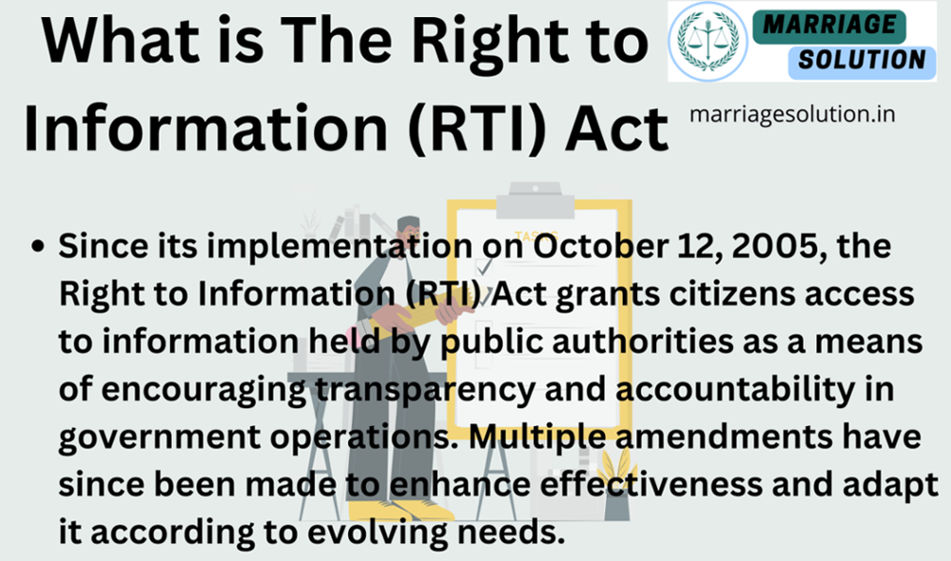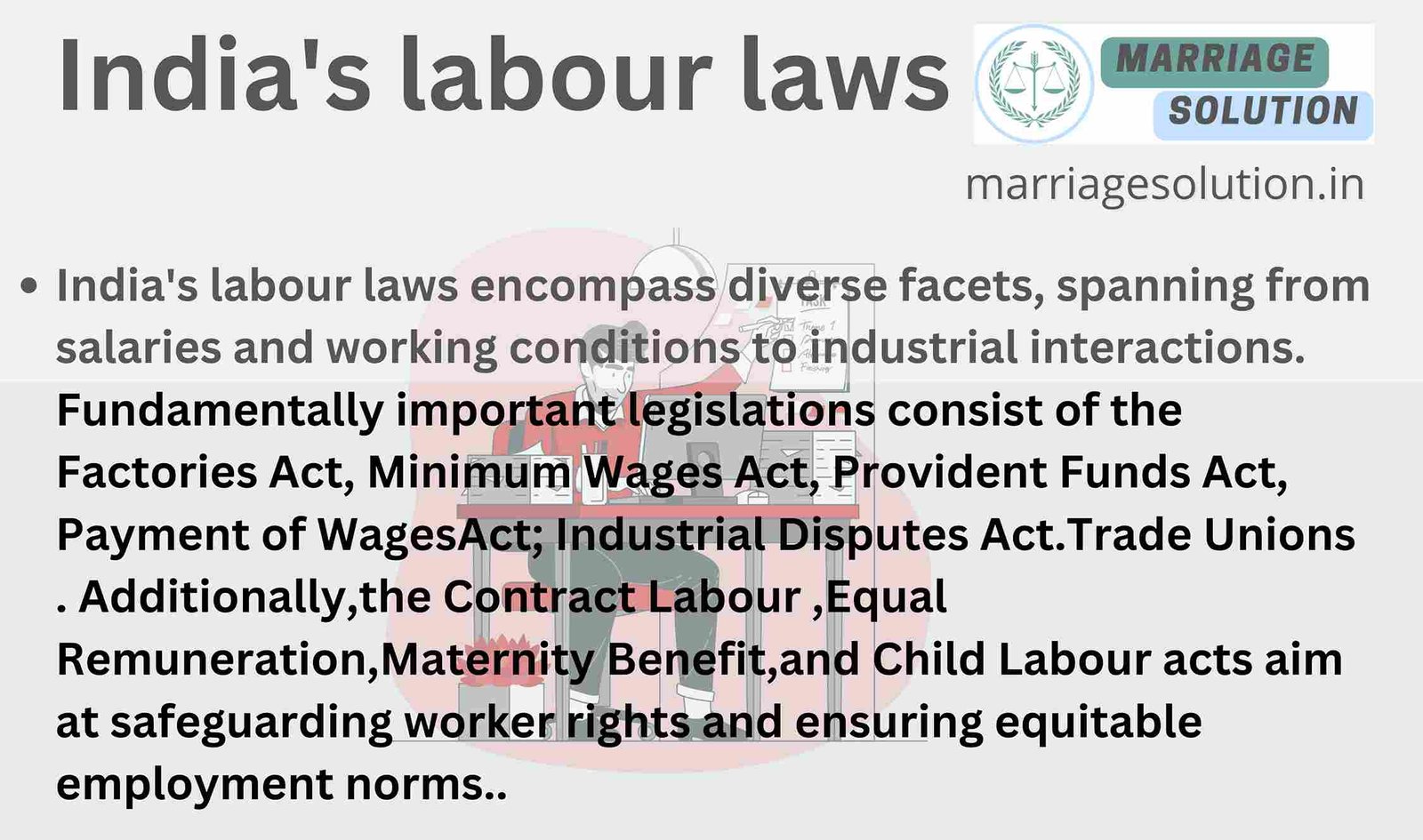Introduction of IPC 283
IPC 283 deals with situations where a person creates danger, obstruction, or injury in a public place, road, or waterway. This law ensures that public spaces remain safe for movement and that people do not suffer due to carelessness, negligence, or wrongful acts. If a person causes any hindrance or risk to the public, they can be punished with a fine of up to ₹200. The law is meant to prevent accidents, ensure public safety, and keep roads and waterways clear for smooth movement.
- Introduction of IPC 283
- What is IPC Section 283?
- Section 283 IPC in Simple Points
- Section 283 IPC Overview
- Detailed Explanation of IPC 283 – Danger or Obstruction in Public Way or Line of Navigation
- 1. Ensuring Public Safety in Shared Spaces
- 2. Legal Responsibility for Property in Possession
- 3. Application to Both Permanent and Temporary Obstructions
- 4. Prevention of Accidents and Public Inconvenience
- 5. Applicability to Both Roads and Waterways
- 6. Penalty for Violation – Fine Up to ₹200
- 7. Encouraging Responsible Public Behavior
- 8. Protection of Emergency Services and Essential Transport
- 9. Prevention of Encroachments and Unauthorized Use of Public Space
- 10. Role of Local Authorities in Enforcement
- Examples of IPC 283 Violations
- Detailed Explanation of IPC 283 – Danger or Obstruction in Public Way or Line of Navigation
- Section 283 IPC case laws
- 283 IPC Punishment
- 283 IPC Bailable or non bailable
- Section 283 IPC in short information
- IPC Section 283 FAQs
- If you need support with court proceedings or any other legal matters, don’t hesitate to reach out for assistance.
What is IPC Section 283?
IPC 283 is a law that deals with causing danger, obstruction, or injury in a public place, road, or waterway. If a person places an object, structure, or does something that blocks movement or creates risk for others, they can be punished with a fine of up to ₹200. This law is meant to keep public places safe and accessible for everyone.

Section 283 IPC in Simple Points
Key Points of IPC 283
1. Protects Public Safety
IPC 283 ensures that public places remain safe for all. If someone blocks a road, footpath, or waterway, it can cause accidents or difficulties for people. This law helps in preventing such dangers.
2. Covers Obstructions on Roads and Waterways
The law applies to both land and water transport. If someone places objects, vehicles, or structures on roads or waterways, making them unsafe for public use, they can be penalized under IPC 283.
3. Punishment is a Fine
The punishment for violating IPC 283 is only a fine of up to ₹200. There is no imprisonment, as it is considered a minor offense. However, repeated violations can lead to stronger legal actions.
4. Applies to Individuals and Businesses
Both individuals and business owners can be charged under IPC 283 if they cause obstruction in public places. For example, a shopkeeper blocking a footpath with goods or a construction company leaving debris on roads can be fined under this law.
5. Encourages Responsible Public Behavior
This law promotes responsibility and awareness among citizens. It reminds people that public spaces should be kept clear and safe. Small acts of negligence can cause serious problems, including accidents and inconvenience.
Section 283 IPC Overview
IPC 283 states that if anyone, through their actions or failure to take proper care of property under their control, causes danger, obstruction, or harm to people in a public area, they can be fined up to ₹200.
Detailed Explanation of IPC 283 – Danger or Obstruction in Public Way or Line of Navigation
1. Ensuring Public Safety in Shared Spaces
The primary purpose of IPC 283 is to ensure public safety by preventing any actions that create hazards in public spaces. Public roads, footpaths, and waterways are meant for common use, and any obstruction can cause serious risks, including accidents and injuries. For example, if a vendor places goods on a busy footpath, pedestrians may be forced onto the road, increasing the risk of accidents. This law ensures that such obstructions are removed to keep public spaces safe and functional for everyone.
2. Legal Responsibility for Property in Possession
This section applies to individuals who own or control property that might cause danger or obstruction. If a person fails to take necessary precautions to prevent their belongings from blocking a public way or waterway, they can be held legally responsible. For example, if construction materials are left on a road without proper warning signs, it can lead to accidents. The law ensures that individuals take responsibility for keeping public areas clear and safe.
3. Application to Both Permanent and Temporary Obstructions
IPC 283 covers both temporary and permanent obstructions. Temporary obstructions may include parked vehicles, street vendors, or waste dumped on roads, while permanent obstructions could be illegally built structures or encroachments. Even if an obstruction is placed for a short period, it can cause inconvenience and danger to the public. This provision ensures that no form of obstruction is allowed, whether short-term or long-term.
4. Prevention of Accidents and Public Inconvenience
Blocking a public way can lead to accidents, traffic congestion, and inconvenience. A pile of bricks left on a narrow street or an uncovered drainage hole can be hazardous for pedestrians and vehicles. This law discourages careless actions that put people’s lives at risk. Authorities can remove obstructions, and offenders may be fined to reinforce the importance of keeping public spaces clear.
5. Applicability to Both Roads and Waterways
IPC 283 is not just limited to roads and pedestrian pathways but also applies to waterways. If a person places an object that obstructs a navigational route, it can pose risks to boats and ferries. For example, leaving fishing nets or ropes across a canal without warning can lead to collisions. This ensures that waterways remain clear for smooth and safe transportation.
6. Penalty for Violation – Fine Up to ₹200
Unlike other criminal offenses that may involve imprisonment, IPC 283 prescribes a monetary penalty. The maximum fine that can be imposed under this section is ₹200. Though this amount is not very high, it serves as a deterrent against careless actions that create hazards in public spaces. It also encourages people to take preventive measures rather than face legal consequences.
7. Encouraging Responsible Public Behavior
The law aims to educate and encourage responsible public behavior. It ensures that individuals, businesses, and vendors respect public space and do not misuse it for personal benefit. Public places belong to everyone, and blocking roads or footpaths for personal gain creates difficulties for others. By enforcing penalties, this law promotes a sense of accountability in using shared spaces.
8. Protection of Emergency Services and Essential Transport
Obstructing a public road can delay emergency services such as ambulances, fire trucks, and police vehicles. In urgent situations, a blocked road can mean the difference between life and death. For example, if an illegal stall or parked vehicle prevents an ambulance from reaching a patient, the consequences can be severe. This law ensures that public roads remain accessible at all times, especially for emergency services.
9. Prevention of Encroachments and Unauthorized Use of Public Space
Many individuals and businesses attempt to use public spaces illegally by encroaching on footpaths, streets, and open areas. Street-side vendors, construction debris, and parked vehicles in no-parking zones are common examples of unauthorized use. IPC 283 helps control such misuse, allowing authorities to take legal action and maintain the integrity of public areas. This law helps ensure that public spaces are used fairly and legally.
10. Role of Local Authorities in Enforcement
The enforcement of IPC 283 is carried out by municipal authorities, police, and other government bodies. Local officials have the power to issue fines, remove obstructions, and ensure compliance with the law. In urban areas, city administrations often conduct drives to clear illegal encroachments and fine violators. This ensures smooth transportation and convenience for the public while discouraging future violations.
Examples of IPC 283 Violations
Example 1: Vendor Blocking the Footpath
A street vendor places his cart in the middle of a busy sidewalk, forcing pedestrians to walk on the road, increasing the risk of accidents. The vendor is fined ₹200 under IPC 283 for causing public obstruction.
Example 2: Construction Debris on the Road
A construction company leaves sand and bricks on a public road, making it difficult for vehicles and pedestrians to pass. The company is fined under IPC 283 for causing an unsafe obstruction.
Section 283 IPC case laws
1. State v. Ram Lal (1995)
Facts: A street vendor blocked a busy road, causing traffic jams and inconvenience to pedestrians.
Result: The vendor was fined ₹100 and instructed to move to a designated area.
2. Municipal Corporation v. Ramesh (2003)
Facts: A shopkeeper placed heavy objects on the footpath, forcing people to walk on the road, increasing accident risks.
Result: The court imposed a fine of ₹150 and warned against blocking public pathways.
3. State v. Kishan Singh (2011)
Facts: A construction company left debris on a busy road, leading to two accidents.
Result: The company was fined ₹200 and ordered to remove the obstruction immediately.
4. Rahul Sharma v. State (2017)
Facts: A private bus service parked vehicles in a way that obstructed public movement, leading to chaos and delays.
Result: The court fined the bus operator ₹200 and instructed them to use proper parking spaces.
5. Anil Kumar v. State (2022)
Facts: A festival organizer blocked a major public road without permission, affecting emergency services and daily traffic.
Result: The court imposed a fine of ₹200 and set guidelines for public events.
283 IPC Punishment
1. Fine for Violating IPC 283
If someone creates an obstruction or endangers public safety, they can be fined up to ₹200. This ensures that public places remain safe and accessible.
2. No Imprisonment
Unlike many other sections of the IPC, IPC 283 does not prescribe jail time. The law only imposes a fine, as the offense is considered minor but still punishable to prevent negligence.

283 IPC Bailable or non bailable
IPC 283 is a bailable offense, meaning that if someone is charged under this section, they can get bail easily without long-term detention.
Section 283 IPC in short information
| IPC Section | Offense | Punishment | Bailable/Non-Bailable | Cognizable/Non-Cognizable | Trial By |
|---|---|---|---|---|---|
| IPC 283 | Causing danger, obstruction, or injury in a public place | Fine up to ₹200 | Bailable | Non-Cognizable | Magistrate |
IPC Section 283 FAQs
What is IPC 283?
IPC 283 is a law that punishes causing danger, obstruction, or injury in a public place by imposing a fine of up to ₹200.
Is IPC 283 a serious offense?
No, IPC 283 is a minor offense, but it is important for public safety. It prevents hazards and disruptions in public places.
Can a person be arrested under IPC 283?
No, IPC 283 is a non-cognizable offense, meaning the police cannot arrest a person without prior court approval.
Does IPC 283 apply to both roads and waterways?
Yes, IPC 283 applies to both roads and water navigation. If someone obstructs public pathways, roads, or waterways, they can be fined.
What are examples of IPC 283 violations?
Examples include:
Obstructing waterways with boats or floating structures
Blocking roads with vehicles, stalls, or construction materials
Leaving debris on streets, making it unsafe for people
If you need support with court proceedings or any other legal matters, don’t hesitate to reach out for assistance.
Court or any other marriage-related issues, our https://marriagesolution.in/lawyer-help-1/ website may prove helpful. By completing our enquiry form and submitting it online, we can provide customized guidance to navigate through the process.
Right to Information RTI act :Your Comprehensive Guide (Part 1)
The Right to Information (RTI) Act : Explore the essence of the Right to Information (RTI) Act through this symbolic image. The image features legal documents, emphasizing the importance of transparency and accountability in governance. The scales of justice represent…
What is Article 371 of Indian Constitution ?
Article 371 of the Indian Constitution grants special provisions to specific states and regions within India, addressing their unique historical, social, and cultural circumstances. These provisions aim to accommodate diverse needs and protect cultural identities within the constitutional framework.
Indian Labour law : Your Comprehensive Guide (Part 1)
The purpose of labour laws is to safeguard employees and guarantee equitable treatment at the workplace, encompassing aspects such as remuneration, security, and perks. These regulations establish a secure ambiance by imposing minimum wage requirements, ensuring factory safety measures are…
GST :Your Comprehensive Guide (Part 1 – Understanding the Basics)
The Goods and Services Tax (GST) is like a big change in how we pay taxes in India. It started on July 1, 2017, and it’s here to simplify things. Before GST, we had many different taxes, and it could…





